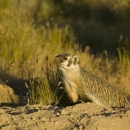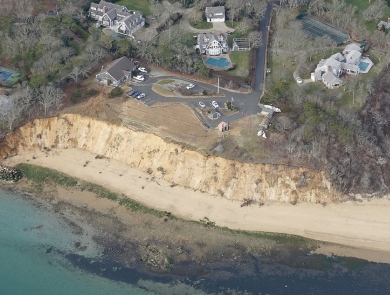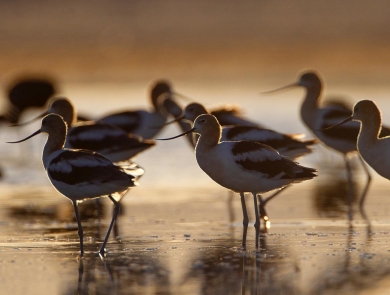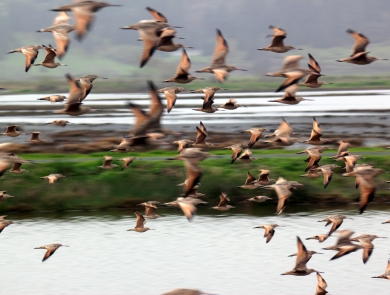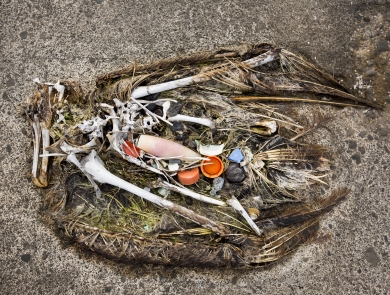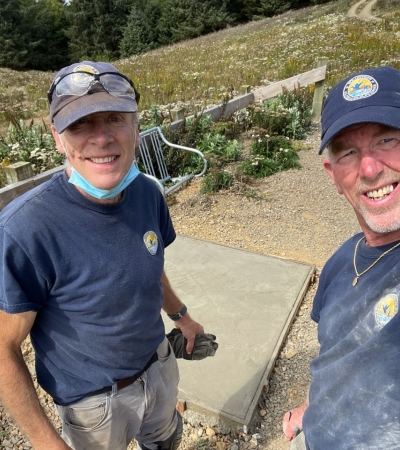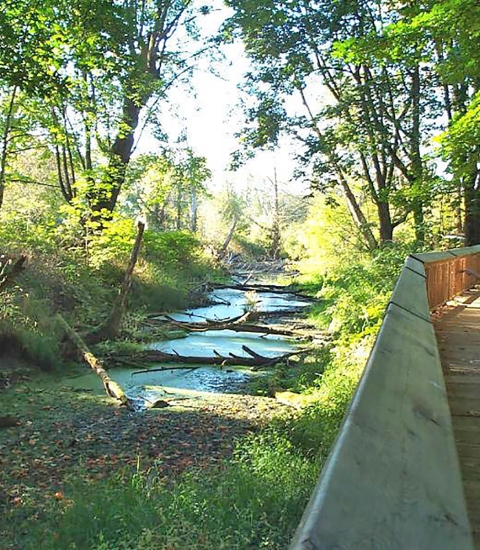Facility
Location
13751 Upper Embankment Rd
Nampa, ID 83686
United States
Volunteer Position Overview
About This Position
Help improve wildlife habitat by battling noxious weeds and plants at Deer Flat National Wildlife Refuge. Weed management work starts in the spring and continues through the fall each year.
Time Commitment: 3 hours weekly on Tuesdays
Duties/Activities
Stories About Volunteering
Other Ways to Work with Us
Are you looking for something different than a volunteer opportunity? The Fish and Wildlife Service employs around 9,000 people nationwide and offers great internship opportunities every year.
